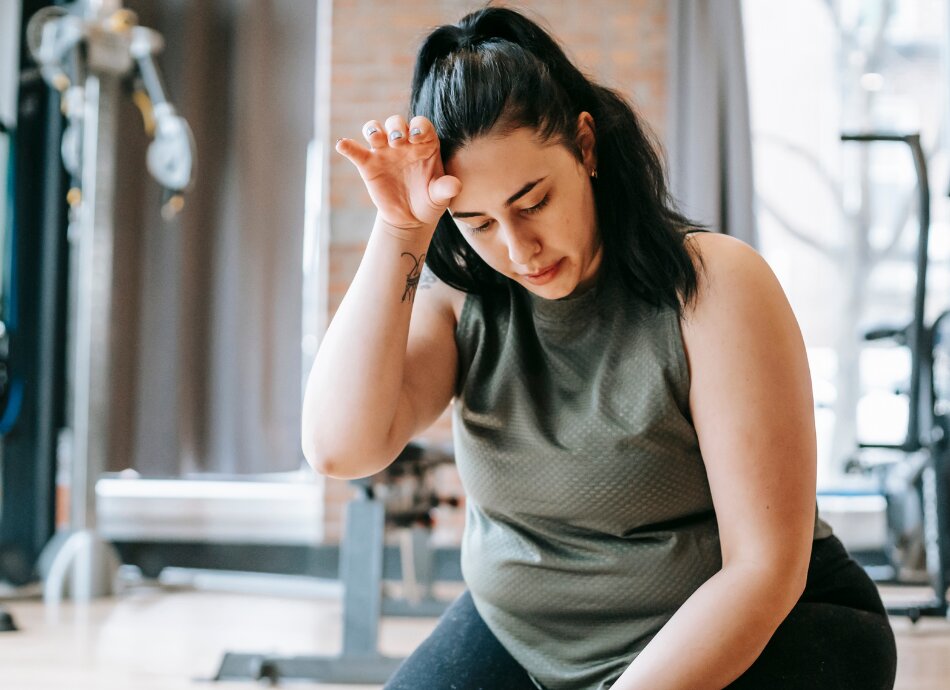The red blood cells in your blood contain an iron-rich protein called haemoglobin. The haemoglobin helps carry oxygen from the lungs to your body’s tissues.
Anaemia is the result of:
- your body not having enough healthy red blood cells to carry the oxygen you need around your body, or
- your red blood cells not having enough haemoglobin in them.
Red blood cells are made in the bone marrow inside your pelvis and sternum (breastbone). The red blood cells are released into your blood stream where they live for 100 to 120 days.
There are many different types of anaemia, each with its own cause. The most common types are iron deficiency anaemia and anaemia of chronic disease.
Types |
Description |
|
Iron deficiency anaemia
|
Common in:
|
|
Pernicious anaemia
|
|
|
Aplastic anaemia
|
Occurs in conditions where there is damage to the bone marrow such as:
|
|
Haemolytic anaemia
|
Haemolytic anaemia may:
|






